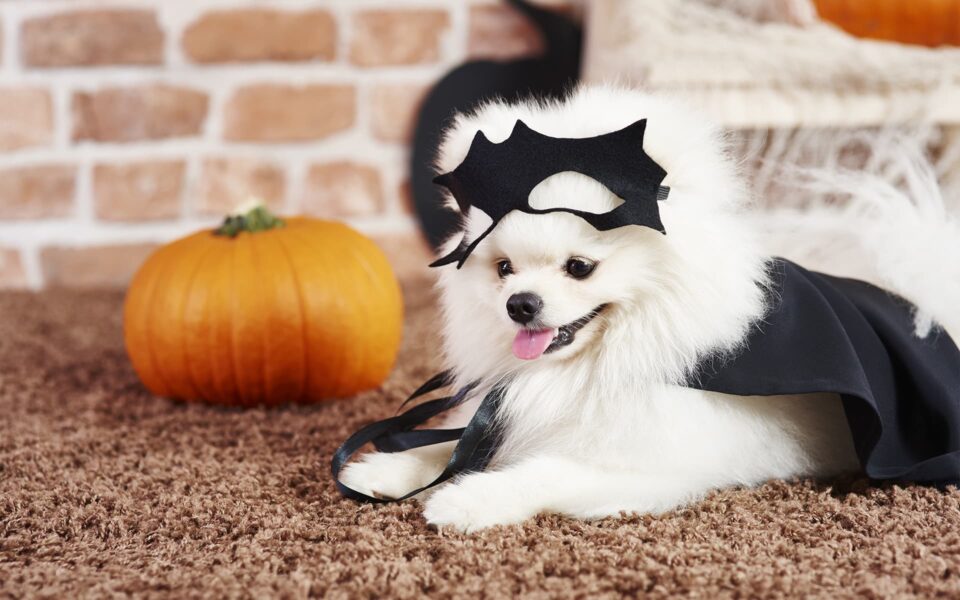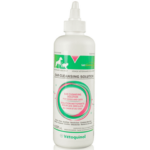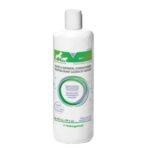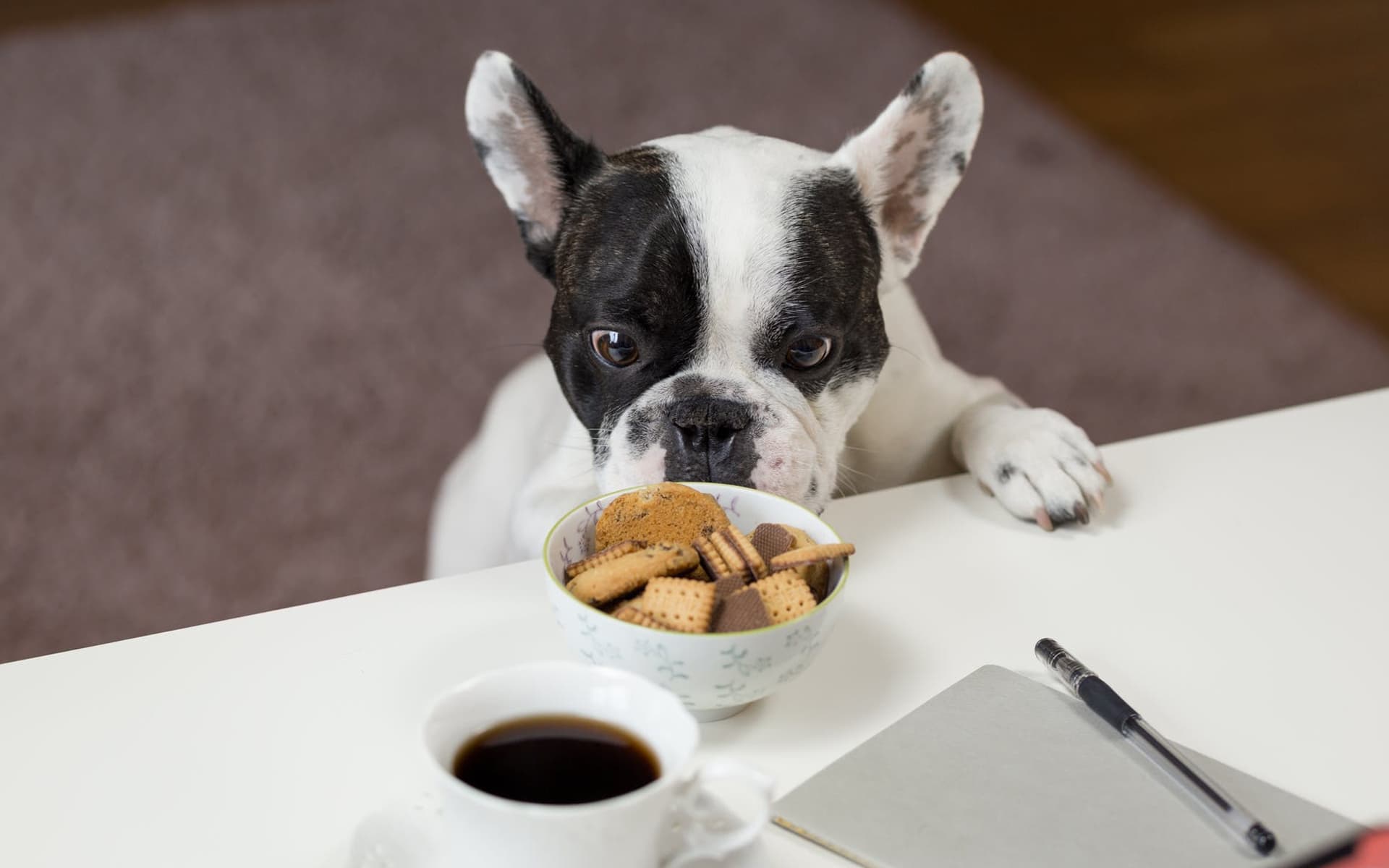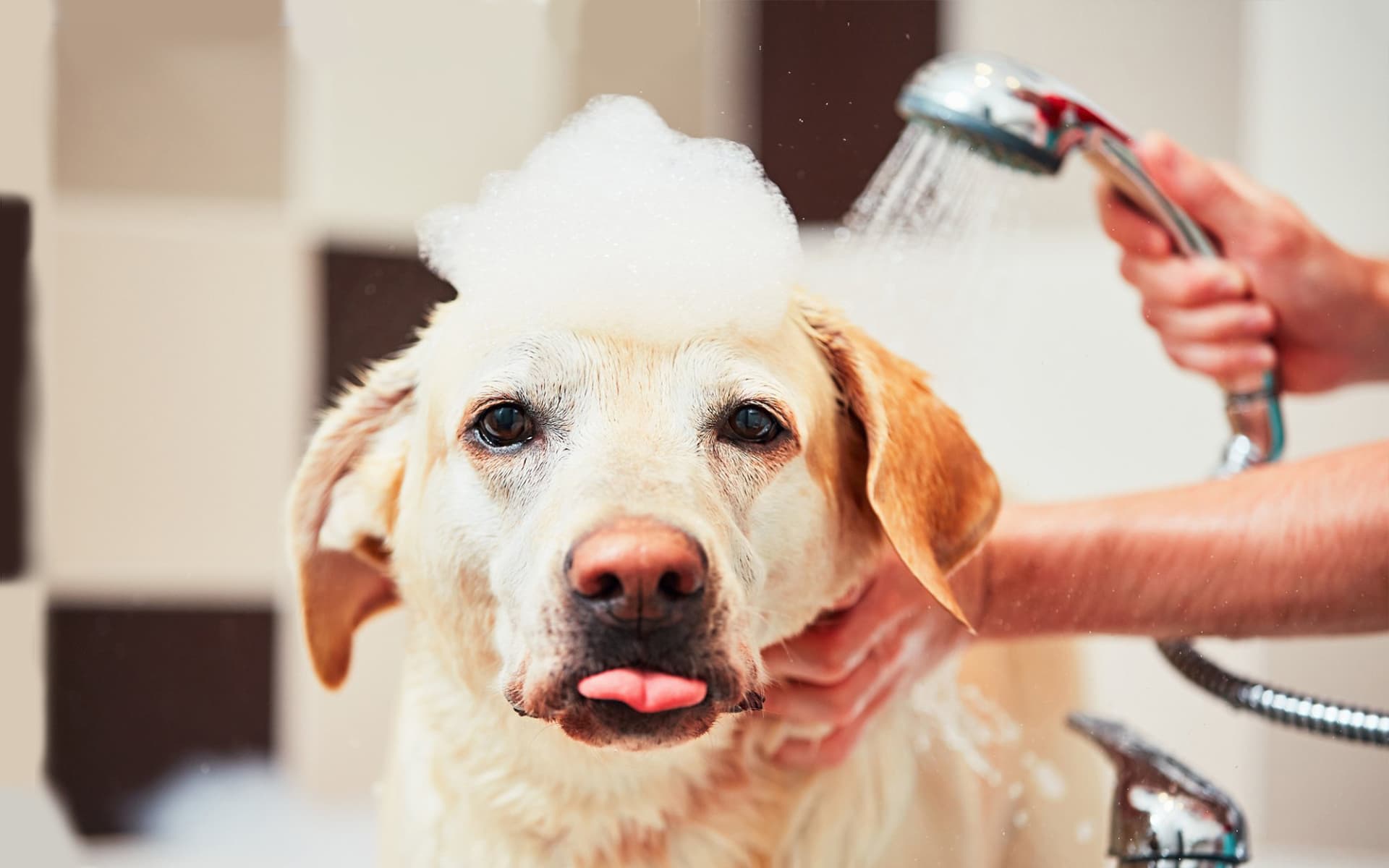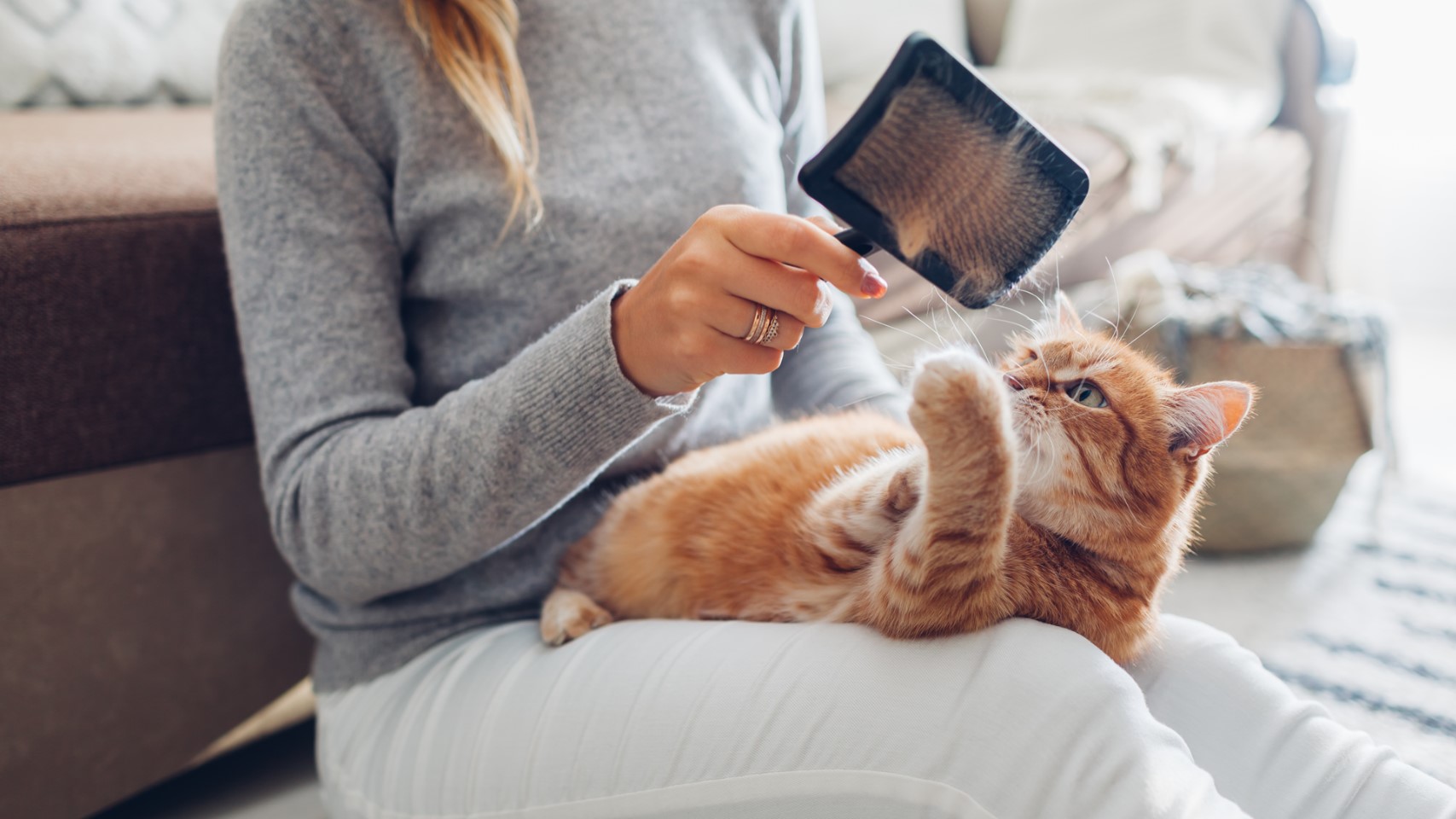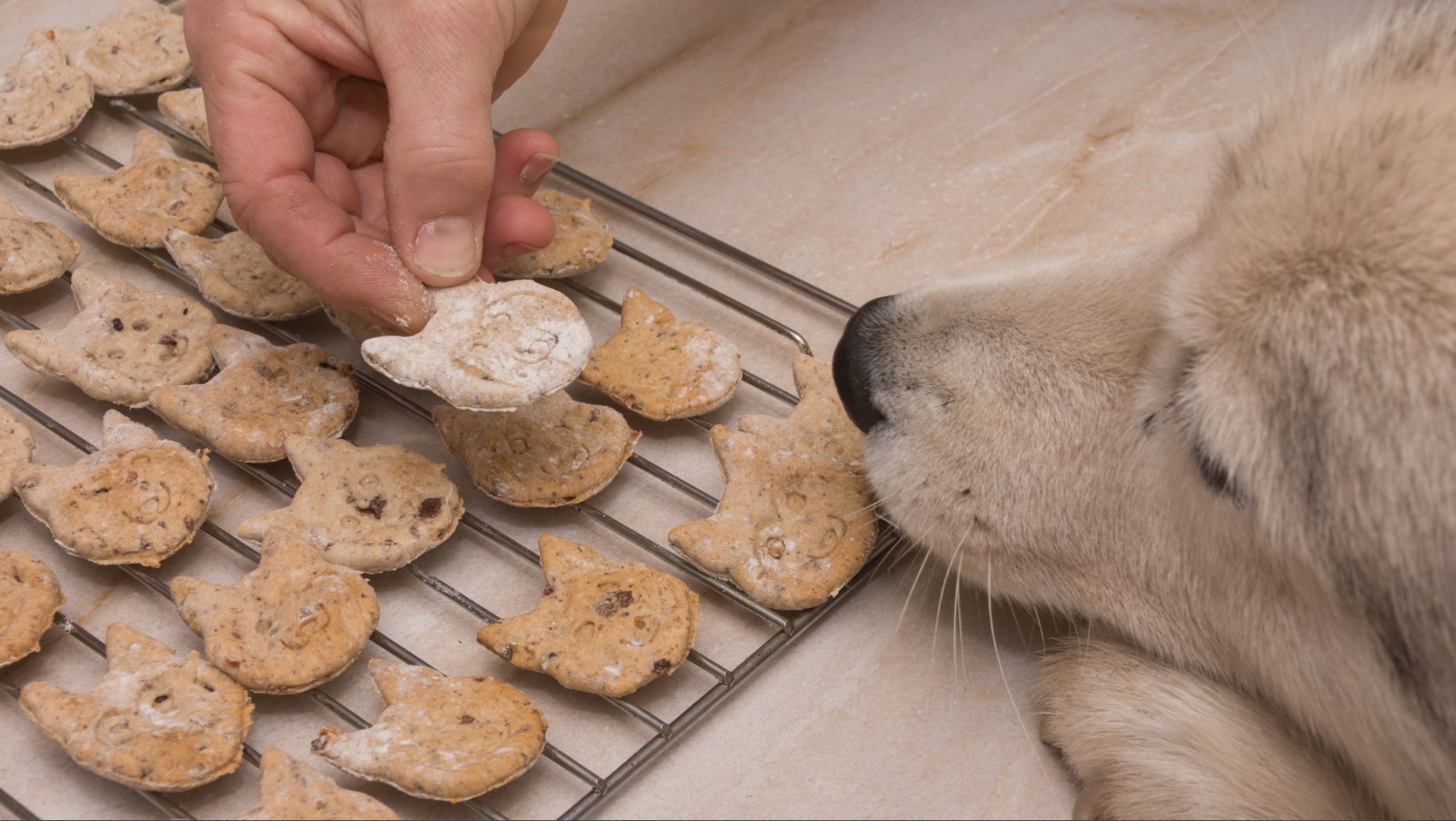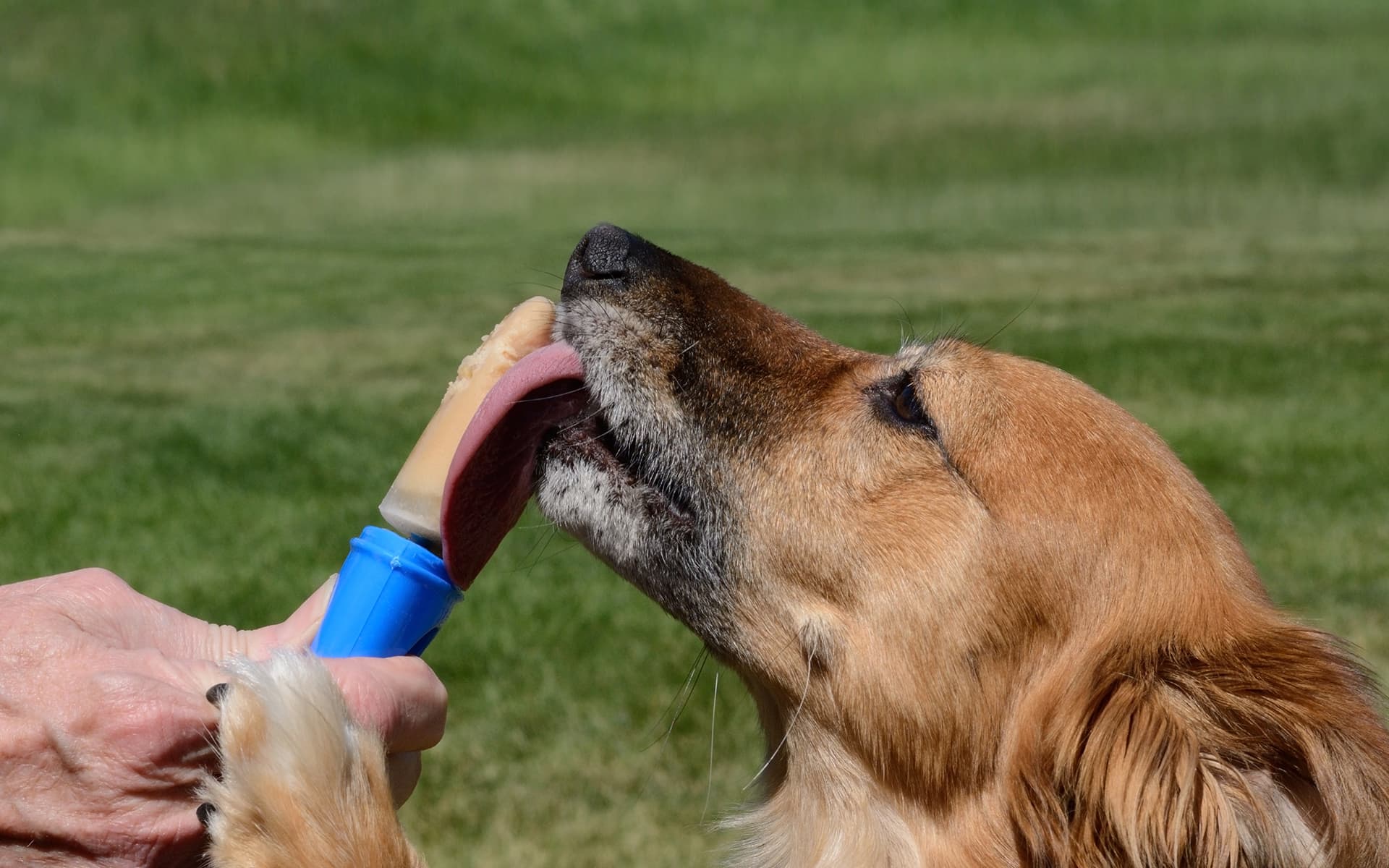Unlike children and adults, who can’t wait to dress up as superheroes or monsters for Halloween, dogs are already satisfied with the furry costume they wear every day. But maybe they won’t mind dressing up too much if it makes their favourite humans happy. To make sure your furry friend takes part in the festivities safely, here are a few tips.
Choose a lightweight Halloween costume
A dog Halloween costume should be made of light, breathable fabric. A costume that is too heavy can be uncomfortable — or even cause injury. If the fabric is too thick, your dog could have difficulty staying cool. Test it out: if your dressed-up pet seems to be panting more than usual after about thirty minutes, it’s because it is too hot.
Make sure your dog can move
A dog Halloween costume should not interfere with your pet’s natural behaviours, such as walking, sitting, lying down, eating and doing its business. The outfit must also be adapted to your pet’s size so it retains its mobility. If the costume is too tight, your dog could get hot or have difficulty moving comfortably. If the clothing is too big, your pet risks tripping or getting stuck somewhere.
Make sure your dog can see, breathe and hear properly
Animals rely on their eyes, snout and ears to detect dangers and ensure their survival. A good costume keeps these senses free so your dog can stay alert and fully aware of its environment.
Avoid “chewable” Halloween costumes
Dogs are curious by nature and, like newborns, often feel the inexplicable need to put things in their mouths. Consequently, avoid Halloween costumes with buttons, dangling plastic bits, hanging fabric or small sparkly objects. If your four-legged friend chews on pieces of its costume, it could choke or experience severe complications to its digestive system.
Get your dog used to wearing the Halloween costume
In the weeks leading up to Halloween, plan several moments for your dog to try on the costume. First, present the outfit, accompanied by treats. Several days later, place the costume on your dog’s back and then reward it again. At the third practice session, slip the get-up on your pet and offer a generous serving of dog chews. This positive reinforcement helps your pet understand that if it cooperates, it will reap the rewards.
Once the costume is on, take a moment to examine your dog: if its eyes seem dilated or nervous or its ears are flattened, it might not be that thrilled with the idea of being dressed up…
A Halloween costume doesn’t need to be complicated!
If your four-legged friend seems uncomfortable, swap the costume for one or two simple accessories. Without being dressed up from snout to tail, your dog might not mind wearing a scarf, an extravagant collar, an elastic bowtie or a pretty bow on its head.

